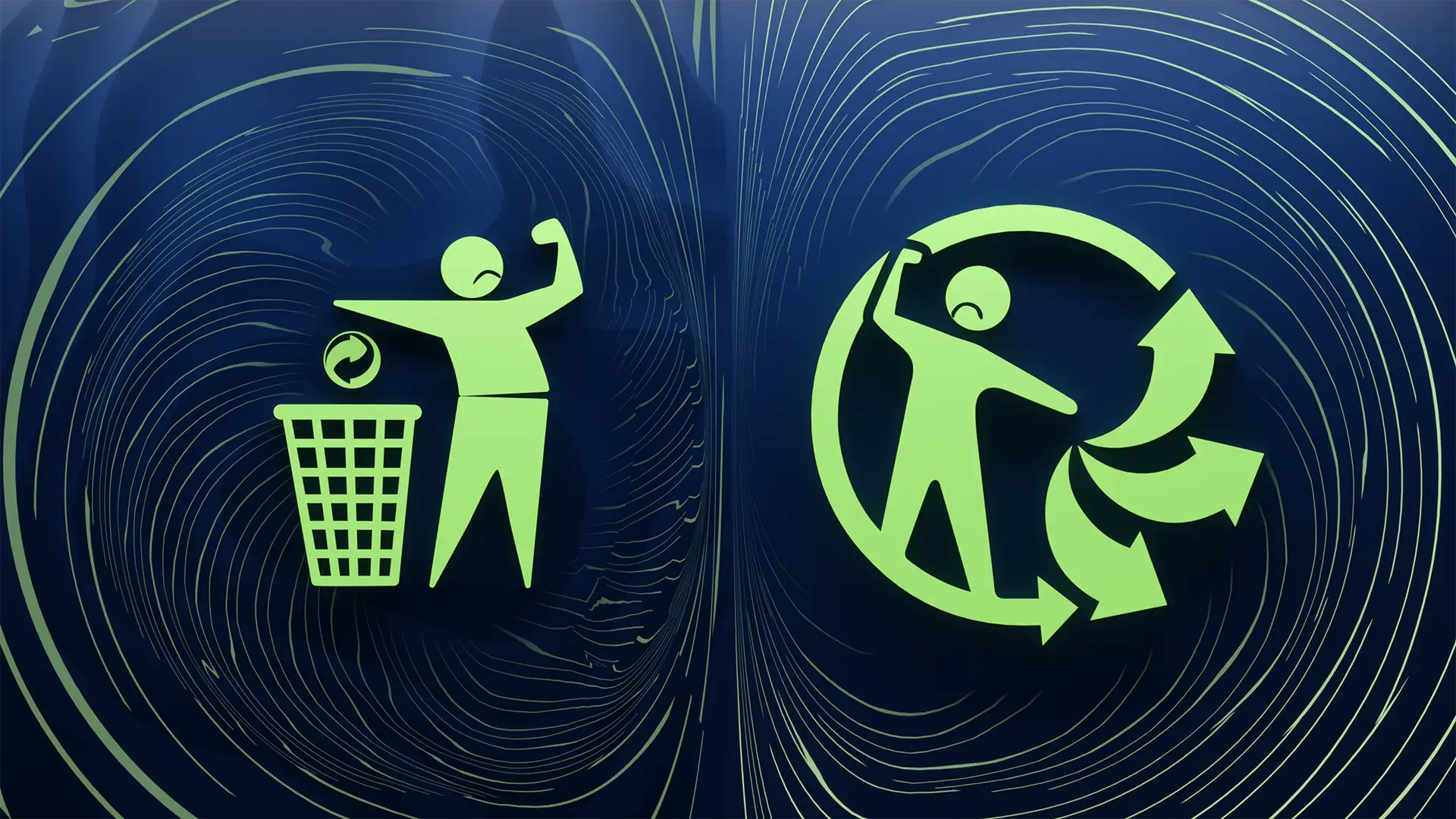Europe has a long and distinguished tradition of pioneering beauty and personal care products, from haircare to skincare to fragrance and make-up. When it comes to cosmetics, Europe can rightfully claim global leadership in terms of the quality of the products, manufacturing excellence and positive market image.
The European cosmetics industry has partnered with the EU institutions to export a model of Single Market regulation that enhances consumer health and safety without making concessions on product performance and innovation. The cooperation between industry and regulators was the foundation for so much of the success that followed. It contributed to greater business certainty, spurring the sector’s growth within the EU and worldwide. As a result, consumers can trust that European cosmetic products are the most tested and safest in the world.
Today, however, cracks are appearing and the framework that helped build the European cosmetics sector is now at risk of fragmenting. This could damage the Single Market and jeopardise the competitiveness of the European cosmetics industry.
Concerns about divergent packaging labelling requirements
One of the thornier issues at hand is national legislative initiatives on product packaging labelling. Many EU Member States have started setting their own labelling requirements, hampering efforts by companies to design a single packaging format across the EU on small packaging products.
The simple example of the recycling symbol illustrates this problem. Some countries require household products to bear the Green Dot symbol on packaging, which signifies that the company takes part in an extended producer responsibility (EPR) scheme for the recovery, sorting and recycling of product packaging waste.
However, other EU countries do not recognise the Green Dot and instead require other symbols or instructions such as the Triman logo or the Tidyman pictogram. These different symbols with similar meanings often confuse and mislead consumers.
The many fragmented national measures multiply the number of packaging labelling formats required for the same product to meet the national requirements. They also represent a financial burden for companies of household goods that would otherwise develop harmonised packaging for up to 27 European markets. This issue is especially challenging for the cosmetics sector as many of our products are small, making it more difficult to insert additional sorting instructions in different languages on the packaging.
Many business organisations in Europe have called on the European Commission to take action to ensure a common approach for packaging waste-sorting labelling. In June 2021, over 62 other European and national organisations wrote an open letter to the European Commission in response to diverging national packaging labelling and information requirements.
While these complications may seem minor to some, they hinder the free and cost-effective movement of goods in Europe. At a time when considerable effort is being poured into building a circular economy in Europe, consumers and businesses need the European Commission to set common terms and symbols for the collection, sorting and recycling of products across the EU Single Market.
Essential products & the COVID-19 pandemic
Another area of potential divergence relates to product safety regulation. Cosmetics products are regulated at the EU level to ensure consumer safety and to secure an internal market. The safety evaluation of ingredients applies to all EU Member States. The European regulatory framework sets clear rules to foster business certainty, reduces costs for compliance and opens up market prospects. But local authorities are increasingly implementing their own additional criteria without prior consultation of other Member States. This has resulted in a fragmentation of the Single Market.
These divergences became clear during the COVID-19 pandemic. Early in the crisis, the cosmetics industry responded by converting some of their production lines to manufacturing hydroalcoholic gels, which were seen as essential to protect against the spread of the virus.
However, some countries refused to qualify these products as essential. They said the gels were biocidal products that had to pass through long authorisation processes before they could be put on the market (or, in L’Oréal’s case, be donated to hospitals and care homes). Cosmetic companies had to negotiate on a country-by-country basis to distribute these products at a moment when time was of the essence. The companies also faced differing rules with regards to gel labelling and product information requirements.
A more harmonised approach could have led to faster delivery of essential gels and a speedier go-to-market of new products. As we continue to try to overcome the coronavirus, we need clearer European oversight and guidance for an assuredly coordinated EU response.

These incidents should show that the Single Market is incomplete. The business community sees it as one of the EU’s biggest strengths. Thanks to it, European consumers enjoy a greater variety and affordability of products, with high product safety and environmental standards. Moreover, the Single Market has helped the EU rise to become a credible economic player and geopolitical actor, setting global norms and standards. a vital component in the region’s competitiveness on the global scene. Investing effort in harmonising packaging and safety regulation may not seem glamorous, but it would further the Single Market, and support the EU’s interest in competitiveness. Such “self-care” by the EU can certainly help it get better with age.
We must do whatever we can to strengthen it to promote more competitiveness while providing more incentives to invest in Europe. Both the European Commission and the EU Member States should together prioritise a new programme to unify the Single Market.
Many EU Member States have started setting their own labelling requirements, hampering efforts by companies to design a single packaging format across the EU on small packaging products. The simple example of the recycling symbol illustrates this problem.
At a time when considerable effort is being poured into building a circular economy in Europe, consumers and businesses need the European Commission to set common terms and symbols for the collection, sorting and recycling of products across the EU market.

